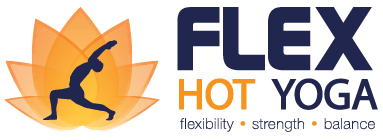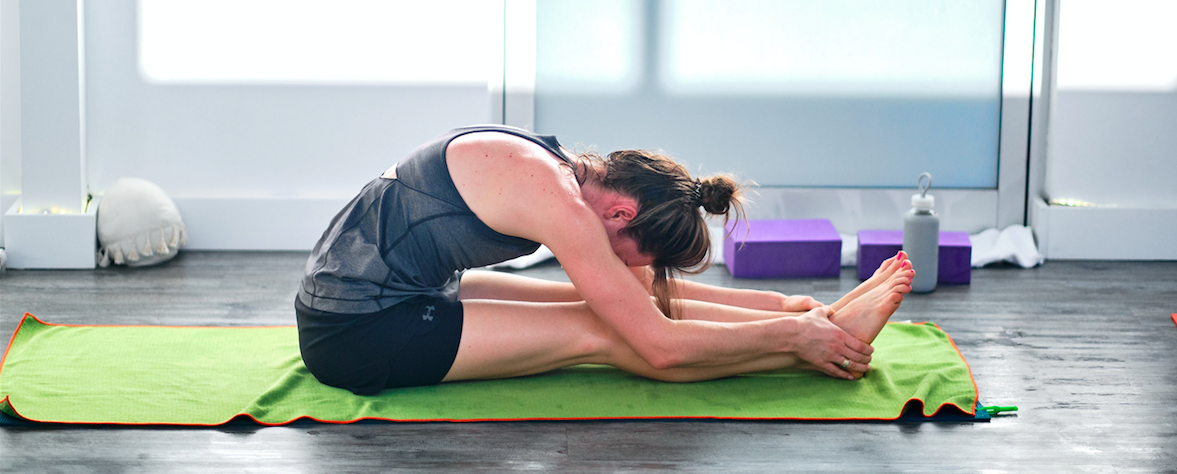Posture category of the month: Forward Folds
Bending you into shape
Forward folding is the most primal of all posture - the one we all had in our mother’s womb. Curled up, we were held, supported and completely safe. Hence, the primary attribute of Forward Folding postures is to be relaxing and soothing - a great relief, especially during an otherwise invigorating class.
Interestingly enough though, we may find ourselves doing quite the opposite, trying to force things, wanting to be bendier, reaching our toes… So Forward Folds are also great to teach us patience: steady wins the game, and only through consistent practice over time will we see the results that we are after.
Benefits of practicing Forward Folds
Forward Folds are usually practiced after more physically challenging postures, to allow the body to restore and balance its systems. They have a calming effect on the nervous system and the mind, as well as benefits such as:
Providing a great stretch for your hips, tight calves and hamstrings, especially if you don’t move all too much during the rest of your day, or are training at the gym for strength and endurance but not taking care of your flexibility.
Releasing the lower back, which is extra important if you are sitting on a desk for most of the day.
Relieves tension in the spine, neck, and back, relaxing you and potentially preventing headaches and neck pain.
Compressing the abdominal cavity during a Forward Fold has a stimulating effect on the internal organs, and can result in improved digestion - meaning it helps ‘moving things along’ in your gastrointestinal tract.
Increasing circulation to the pelvic organs means that as a woman, Forward Folding can help you alleviate monthly cramps and, later in life, some symptoms of menopause.
Surrender and release
In our busy day-to-day life, we are often following patterns that are all about achieving something, getting somewhere and making things happen. If you are bringing this mindset to yoga, you can miss the very point: arriving at a steady, equipoised mind, ready for deep meditation.
Forward bends, in that sense, can be helpful in slowing you down and teaching you that it’s not about pushing yourself into a deep stretch to touch your toes. Rather, it is about how deeply you can release. Instead of “making yourself do it”, it is about surrendering into the experience of where you are right now, noticing it, and settling into your breath. It is about allowing, not achieving. As senior teacher Flo Fenton puts it: “Flexibility can not be achieved by force….only with patient persistence. In this way, forward bends teach us that not everything can be achieved by determination; we must learn to do our best, with an attitude of love, and then let go of attachment to the results.”
Contraindications - when you should NOT practice Forward Folds
There are certain conditions that might be aggravated if you practice Forward Folds. In this case, please make sure you first consult with your doctor.
High or low blood pressure
Glaucoma
Osteoporosis or scoliosis
Lower back or neck injuries, including disc herniation and degenerative spinal issues
Curious to learn more? Come along to Flex regularly and practice with us! There are over 25 classes/week, and we will practice Forward Folds daily during all of May 2021!
Thank you to Flo Fenton from InTouchYoga and Cristie Newhart from Kripalu Yoga for the valuable insights shared on their respective blogs.





